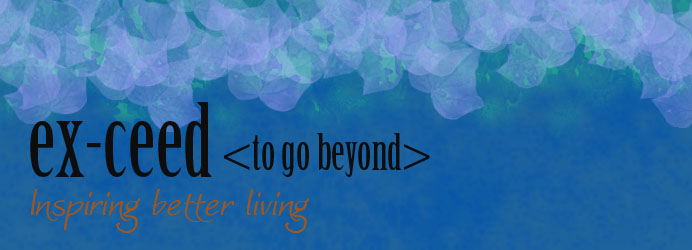I’d been caught out! Looking down at the grease-spattering effect on the lower front of my T-shirt having ventured “out” I realised to my annoyance that the barbeque I cooked the previous evening had left its mark. My immediate thought was to zip up my tracksuit top—hiding the stain away from prying eyes. And mental fatigue has the same affect for me. I shrink away from the public eye. How does it affect you?
Mental fatigue and exhaustion is a real problem in this day where people are increasingly drawing from themselves reserves they don’t have. Capacities are exploited more and more and people often don’t know how close they’re skating to full-blown burnout.
I recall coming close to burnout in 2005. I was engaged in so much ‘good work’ on a number of fronts, due to some new-found energies, and the day I finally worked out what was happening to me, the most bizarre thing happened.
During a fun game of table tennis I literally couldn’t hit the ball—my mind felt fried. I couldn’t react. Even today I’m reminded of what I call ‘mental fog’ if I push things too far. From that day in April 2005 to the present day I’ve experienced it, and I’ll probably experience it when I draw close to mental fatigue for the rest of my life.
It is therefore my experience that burnout, once approached, stays with us and is an ever-bearing threat.
We are very wise in this day to always seek balance in life no matter how much balance we think we have. There are so many challenges and temptations around drivenness and the more we grow our capacities the more we push the dual-edged sword—capability we get, yes, but we also lend ourselves to faltering at some future stage; perhaps 12 or 18 months or a few years later—sooner or later it will bite us.
My fat-spattered shirt was a great metaphor for the mind that’s exhausted. I instinctively hid the stains and was embarrassed by them. Likewise, when we can’t think and people associate us that way, we want to shrink away and not be seen.
When we’re normally gregarious and then suddenly we feature as shy and withdrawn it really stands out. We lose a part of ourselves—then fear begins to reign, and we do things we’d not ordinarily do.
Mental fatigue and exhaustion toward burnout is best not even approached and ultimately avoided.
Working within our limits is a good thing; if we push them for a day or a week we get away with it. But for months on end… then we start to invoke a curse on ourselves.
